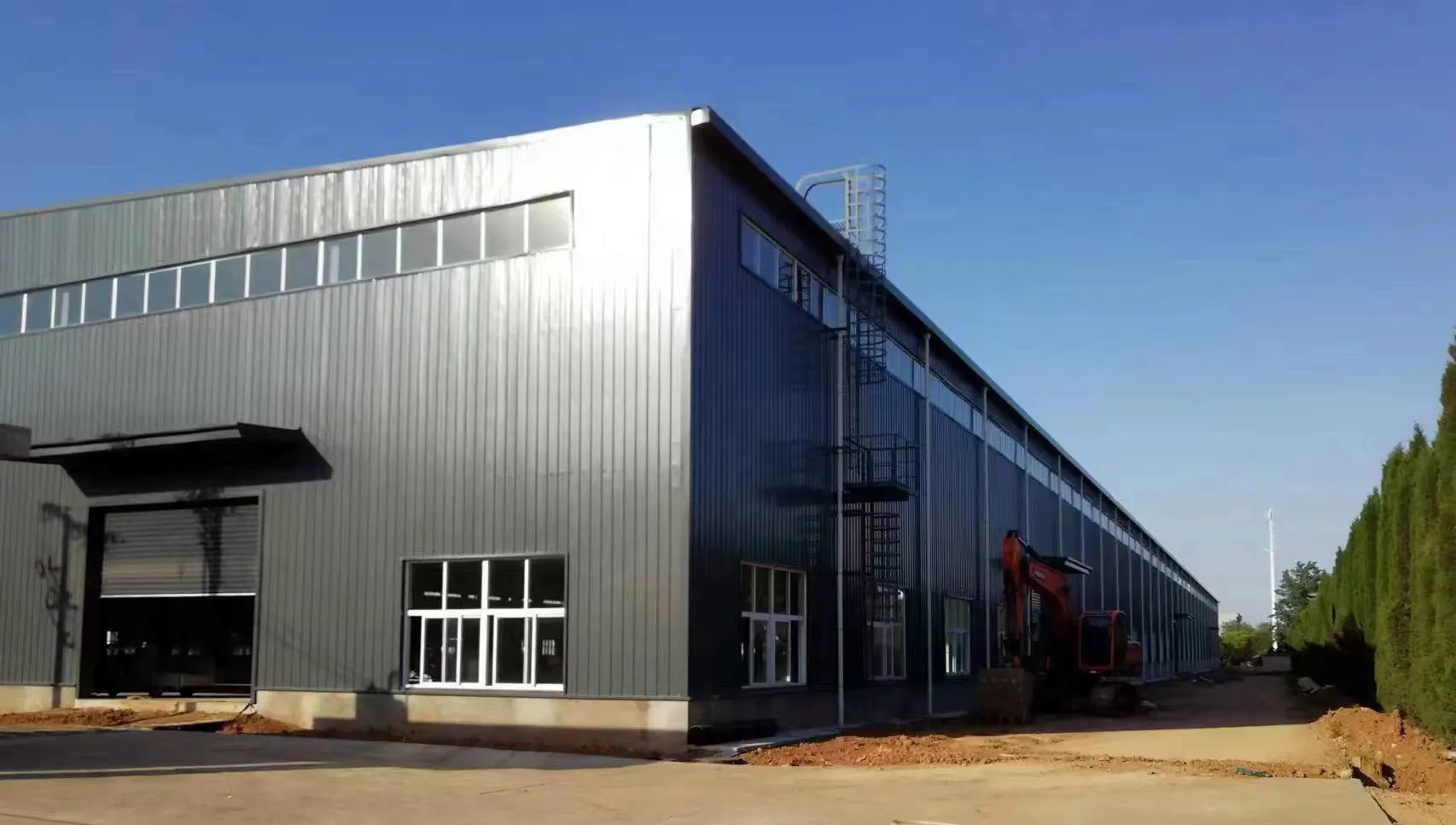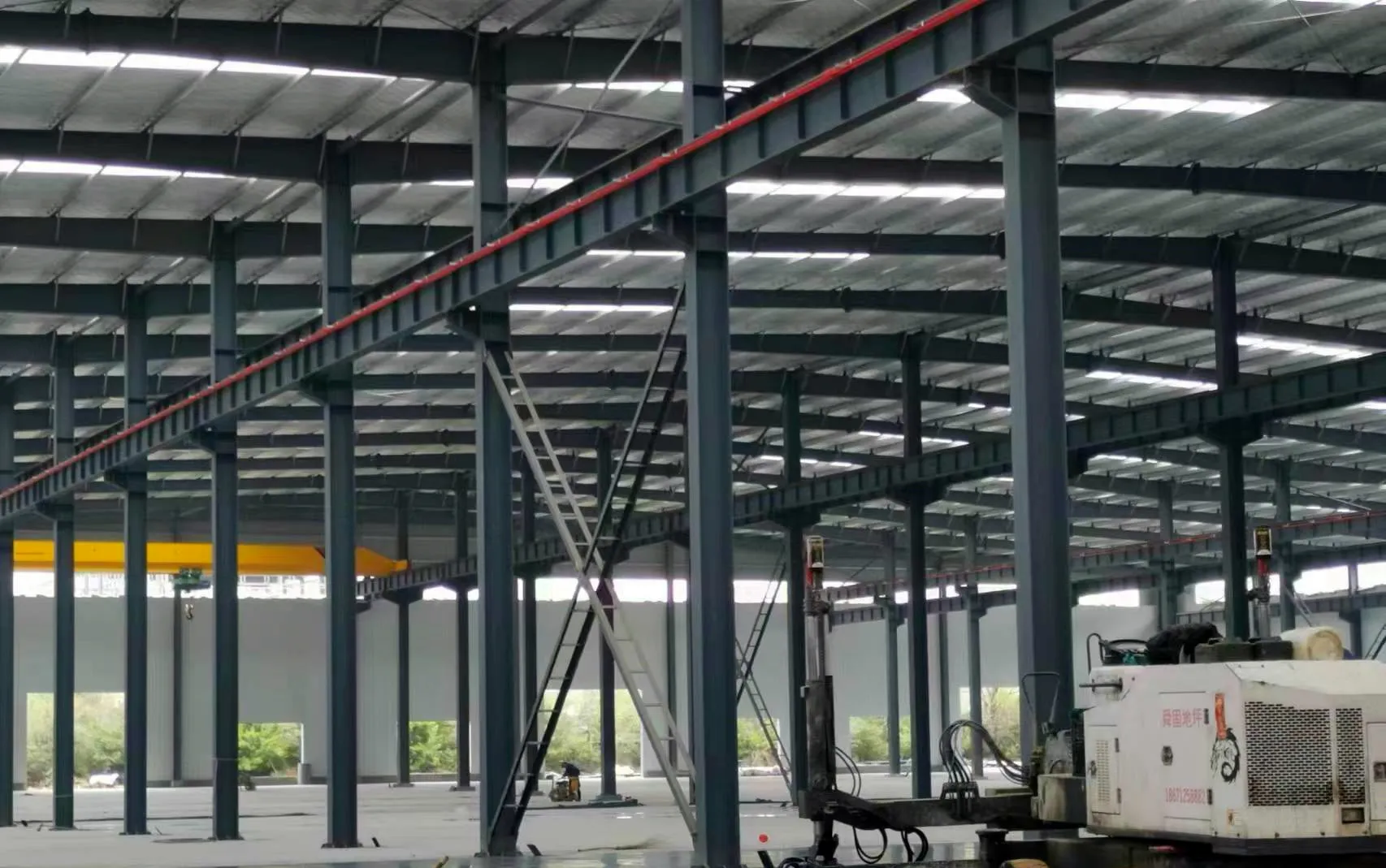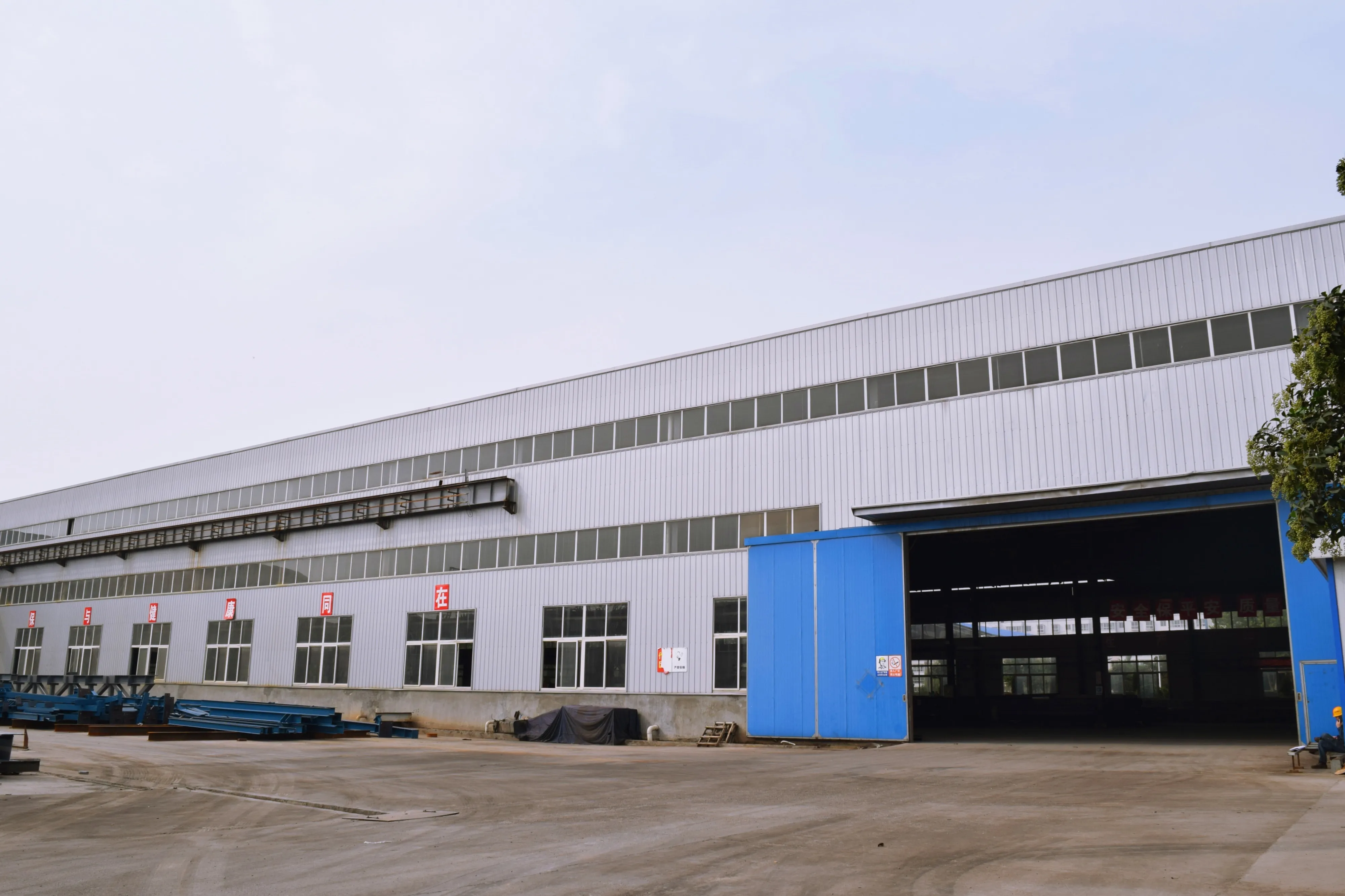Time:2024-11-19 02:59:34 Source:Sanjian Meichen Steel Structure
In modern industrial and infrastructure construction, steel structured factories are becoming a mainstream choice due to their rapid construction, durability, and flexible design. For a steel-structured factory to stand out in the market, its performance isn't just about appearance or a single metric; it's a multi-dimensional, comprehensive system. The following will expand on the performance of steel-structured factories from multiple perspectives, along with strategies for improving them and industry trends.

1. Efficiency and Production Capacity
Automation: Many steel structure factories use automated systems like CNC machines, robotic welding, and plasma cutting, which enhance precision and production speed.
Output: Production capacity depends on the factory's size, technology, and workforce expertise, often measured in tons of steel processed per month.
2. Quality Assurance
Standards Compliance: Adherence to international standards like ISO 9001, ASTM, or EN ensures structural integrity and safety.
Testing: Non-destructive testing (NDT), tensile strength tests, and corrosion resistance checks are commonly employed to guarantee product quality.
3. Cost Efficiency
Material Utilization: Factories aim to minimize waste through optimized designs and precise cutting.
Energy Efficiency: Advanced factories reduce costs by employing energy-efficient machines and recycling steel scraps.

4. Adaptability
Customization: Many factories offer tailored solutions for unique projects, such as high-rise buildings, bridges, or industrial plants.
Innovations: Adoption of sustainable materials and modular construction methods boosts their relevance in modern construction.
5. Challenges
Raw Material Costs: Fluctuations in steel prices directly impact profitability.
Logistics: Transporting large steel components requires efficient logistics planning, especially for remote project locations.
Skilled Labor: A shortage of skilled workers can affect production timelines and quality.

6. Environmental Impact
Recycling: Steel is highly recyclable, making these factories key players in the circular economy.
Emissions: Advanced factories are working to reduce carbon emissions through cleaner energy sources and improved processes.
The performance of a steel structure factory largely depends on its technology, workforce, and adherence to standards. Modern facilities equipped with advanced machinery and sustainable practices typically outperform traditional setups in terms of efficiency, quality, and environmental impact.
| Performance Dimension | Core elements/indicators | Description/Extension |
| Equipment and process efficiency |
Machine utilization, OEE (overall equipment effectiveness), cycle time, and line change time |
Steel fabrication plants typically include multiple processes such as cutting, bending, welding, spraying, and coating. Overall equipment effectiveness (OEE = availability x performance efficiency x quality efficiency) is a key metric for evaluating equipment performance. In addition to OEE, changeover time, idle time, and non-productive time (such as downtime and maintenance) should also be considered. |
| Material utilization and waste control |
Utilization rate, scrap rate, cutting residue rate |
Optimizing sheet cutting plans (nesting optimization and reducing scrap) can improve material utilization. Waste material treatment and recycling mechanisms can also reduce waste costs. |
| Quality Control |
First-article yield, rework rate, defect rate, non-destructive testing pass rate |
Welds, connectors, and surface coatings undergo nondestructive testing (NDT), tensile testing, fatigue testing, and corrosion testing to ensure quality across multiple dimensions. This point is mentioned in the original article and is a crucial area for further development. |
| On-time delivery and logistics efficiency |
On-time delivery ratio, delivery time deviation, transportation loss rate |
Delivery capacity not only tests the internal efficiency of the factory, but also the external logistics and supporting transportation capabilities. The transportation of large steel structure components is complex, and the transportation, loading and unloading, and lifting processes require meticulous management. |
| Flexibility and customization |
Modularity, scalability, adaptability to different spans/heights |
When customer needs are diverse (such as factories, warehouses, bridges, gymnasiums, etc.), the factory must have modular design and expansion capabilities to quickly respond to customized designs. |
| Energy efficiency and environmental impact |
Energy consumption per ton, carbon emissions, waste gas/wastewater emissions, recycling rate |
Steel structure factories are energy-intensive, and controlling energy use and environmental emissions is the only way forward. The use of energy-saving equipment, waste heat recovery, and clean energy sources (such as solar and wind power) is particularly important. According to an IEA report, the steel industry accounts for approximately 8% of global final energy demand and a significant portion of carbon emissions. |
Intelligence drives efficiency upgrades
Amid the current wave of digitalization, steel structure factories are moving towards becoming "smart factories." The entire production line is interconnected through sensors, PLCs, and MES systems, achieving a fully closed data loop. From raw material intake to unloading, welding, painting, and assembly, every step is tracked in real time and automatically optimized. Through KPI monitoring and feedback mechanisms, the equipment's overall equipment effectiveness (OEE) is continuously improving, with efficiency increasing by 10%-20% across all stages.
Environmental Protection and Energy Recovery: From Cost Consumption to Carbon Reduction
Steel structure factories, as energy-intensive industries, generate significant amounts of waste heat and exhaust gases during operation. During the factory design phase, waste heat recovery channels and circulation systems should be incorporated to utilize waste heat for workshop heating, drying rooms, and preheating processes. Scrap recycling systems can also return scrap and parts to blast furnaces or electric furnaces for reuse, reducing both raw material costs and carbon emissions. With increasingly stringent carbon neutrality targets, achieving "zero-carbon steel plants" is becoming a future goal.
Zero Defect Quality: Shifting from Post-Inspection to Online Monitoring
Traditional steel structure plants mostly conduct sampling or non-destructive testing after production, while advanced plants are moving toward "full-process monitoring and online correction." By deploying high-speed cameras, coating thickness sensors, and strain monitoring devices, quality monitoring is extended to every stage, including weld formation, cooling, and strain application. Combined with machine learning models to identify potential defects, alarms can be triggered and corrected at the earliest stages.
The Key to Implementing a Performance Indicator System
Establishing a comprehensive KPI system transforms "performance" into a manageable and improveable process. Typical KPIs include: OEE (Overall Equipment Effectiveness), scrap rate, rework rate, on-time delivery rate, energy consumption per ton, and cost per ton. Each indicator should have clear targets, incorporated into bonus or performance assessment mechanisms, and driven toward achievement through monthly/quarterly reviews and continuous optimization strategies.
Modular Manufacturing + Automated Assembly + Green and Low-Carbon Development. In the future, steel structure plants will place greater emphasis on modular production and prefabricated construction, driving increased prefabrication of components in factories. At the material level, the use of new materials such as high-strength steel, composite materials, weathering steel, and recycled steel will also become widespread. Intelligence, greenness, and modularity—these three main themes will define the performance boundaries of future steel structure factories.